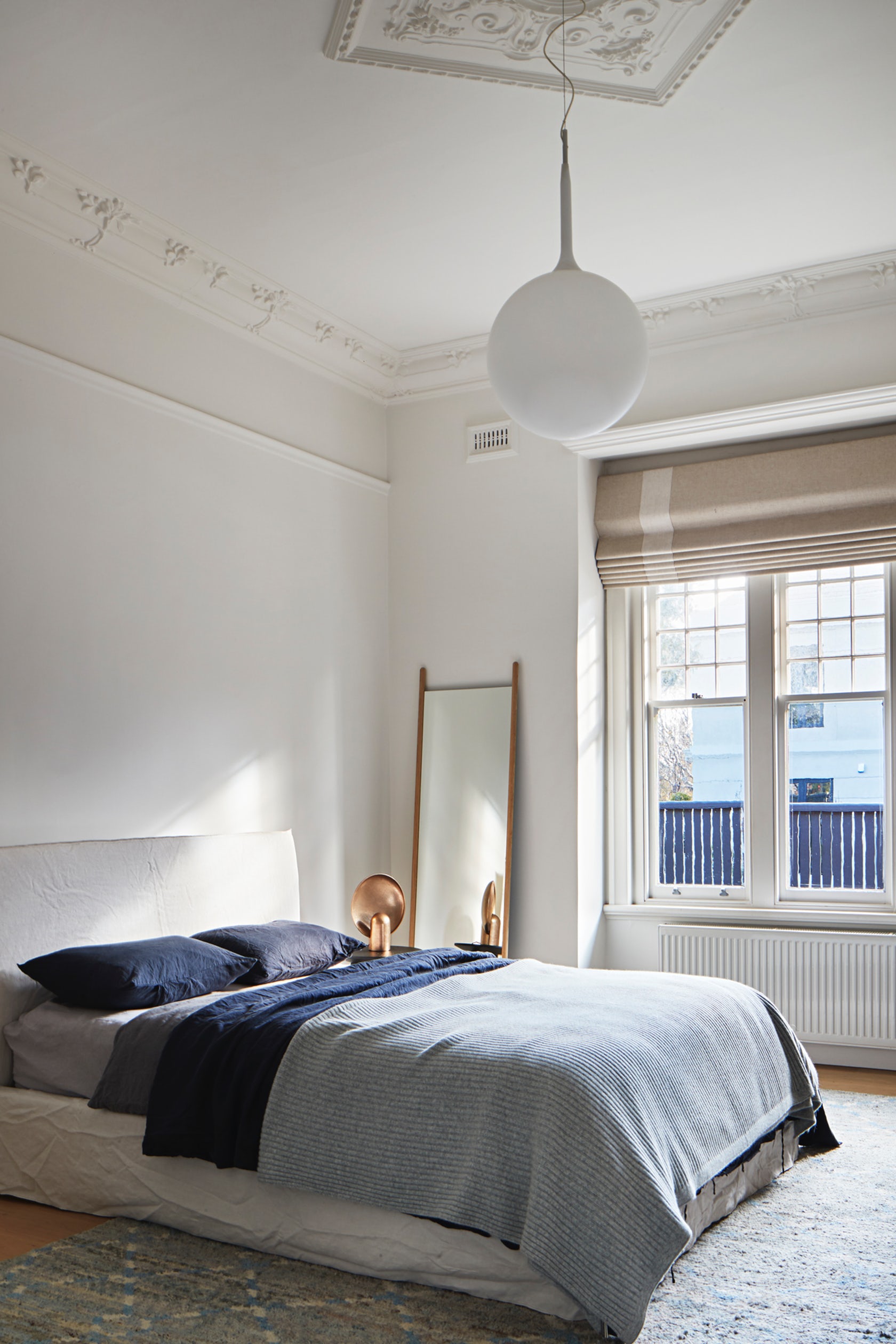Connect Six is a minimalist space located in Melbourne, Australia, designed by Whiting Architects. This large Edwardian family home was purchased with an eye on sub-division. The pool, pool house and a large portion of the garden were lost to the second block. The brief was to maintain the same level of amenity on the reduced site. A pool, storage shed, off street parking and a workable garden were key aspects of the new build. Internally, the existing house was large enough; it just needed to be updated and better utilized. It became an exercise in efficiencies, operational, spatial and environmental. Restraint became a driving aspect for the design. It was also important to respect the existing building. Being a prominent corner building meant the rear addition would be read in conjunction with the old. Neither old nor new should dominate. They should merge and belong as one coherent building.
The kitchen was the heart of the home and an area for all to congregate. From this focal point, visual access to key areas was considered to create a measured balance of privacy and engagement. Specific use areas were defined by step-downs and reduced head heights. Thresholds between areas were blurred to create a sense of space and flexibility. The designers set out to sculpt a different quality of space for different areas. The process started by looking at the building envelope. Through penetrations in the envelope Whiting Architects worked to scoop out areas and insert new volumes into the space. Any new addition evident from the outside was kept deliberately modest. Tackled as if the new had been inserted into the existing envelope to playfully imply that they could just as easily be slid out again.
This approach offers lightness. The old building remains strong and well defined. It’s clear to see where the old stops and new begins. There is no competition, no single form battles for dominance. The new insertions are monothematic metal boxes set in contrast to the traditional pitched terracotta tiled roof and red brick construction of the original house. They seem to belong. Both aspects working together, complementing each other. They hoped to inspire a process of discovery. Glimpsing interesting elements and obtaining views through to unexpected spaces encourages curiosity and a desire to explore. This is further enhanced through the creation of a differing collection of interconnected spaces. To emerge out of the lower more intimate space of the kitchen area into the relative soaring height of the living area and to view aspects of the long linear playroom area over with its raking and folding ceiling creates interest and drama throughout the interior landscape of the building.
Photography by Shannon McGrath


















